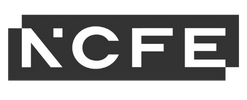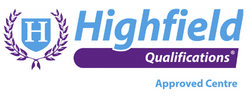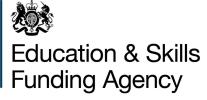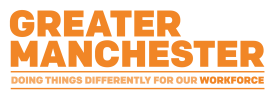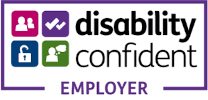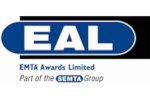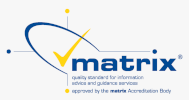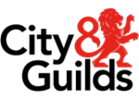This Apprenticeship is a brilliant way to gain new practical and professional skills, on-the-job training, nationally recognised qualifications and earn money at the same time. This Apprenticeship course is also available to those who are employed and want to upskill in the workplace.
Course Overview:
This occupation is found in the manufacturing and process sectors.
The broad purpose of the occupation is to produce complex high-value, low-volume components or assemblies in full or part, using machines, equipment or systems, to the required specification. For example, turbines, cranes, gearboxes, production lines, rigs and platforms. Fitters may typically have a mechanical, electrical, electronic, control systems, pipe fitting or instrumentation bias.
To produce or re-furbish the components fitters will interpret drawings/specifications and plan their work, for example ensuring they have the right tools, equipment and resources to complete the task to the required specification. Fitters are required to check their work against quality standards and make adjustments as required based on their knowledge. On completion of the task, a fitter will hand over the product and prepare the work area for the next task by checking equipment meets the standards required to operate. They may be based in a workshop or client's premises - this may include hazardous environments.
What You Will Learn:
- Materials used in components/assemblies, for example; mild steel, aluminium, composites, copper etc. Their use and application considerations, for example, machinability, hardness, conductivity, cost, availability, compatibility
- Principles of design and operation, for example; design for cost, minimising waste, productivity (speed), health and safety, reverse engineering
- Manufacturing and assembly processes for example; filing, sawing, scraping, drilling, soldering, bolting, wire cutting, threading etc
- Safe use of tools and equipment (hand and power tools); right tool for the job, requirements for machinery checks, adjustments, operation and shutdown
- Component/assembly specifications, for example; electrical loading, load charts, torque settings, and tolerances. What they are and how to use them
- Techniques for measuring, marking, cutting and drilling materials to the required size and shape, accurately, safely and economically during manufacturing processes
- Engineering mathematical and scientific principles; methods, techniques, graphical expressions, symbols, formulae and calculations
- Engineering data, for example; electrical readings, vibration, speed and calibration. What they are and how to interpret and use
- Component/assembly documentation. For example, bills of materials, standard operating procedures, inspection records, assembly instructions, and electrical/pneumatic/hydraulic circuit diagrams. What they are and how to interpret and use
- Quality standards for components/assembly, for example, drawing, calibration of equipment, and materials specification. How to ensure they have been met and assured. Application of ISO9001 (Quality Management Standard) in the workplace
- Health and safety, including Health & Safety at Work Act, personal protective equipment (PPE), manual handling, Control of Substances Hazardous to Health (COSHH), Provision and Use of Work Equipment Regulations (PUWER), Noise at Work Regulations, Electricity at Work regulations, risk assessments; how they must be applied in the workplace
- Environmental considerations; safe disposal of waste, minimizing waste (re-use and re-cycle), energy efficiency.
- Who they need to communicate with and when, and communication techniques - verbal and written
- Planning techniques – resources, tools, equipment, people; time management
- Component/assembly quality checks for example; checking tolerances, threads, and voltages. Types of faults that occur and problem-solving techniques, for example; cause and effect, 5 Whys, flow process analysis etc
- Improvement techniques, for example; 5s techniques, problem-solving techniques, value stream mapping, kaizen, contributing to effective team working, Total Productive Maintenance
- Fitters’ role in the wider operation. Limits of autonomy; reporting channels. Other functions that fitters could interact with for example health & safety, quality assurance, business improvement/excellence, their purpose and interdependencies. Internal and external customers
- Commercial considerations include contractual arrangements (for example penalty clauses, and targets). How the role contributes to commercial operations
The Training Will Include:
- Face-to-face and/or remote workshops together with online learning
- 1:1 support from a Tutor who will visit your workplace
- Progress reviews are to be completed with your Tutor and line manager
- Development of a work-based portfolio to evidence learning
- End-point assessment (EPA)
- Functional Skills English and/or maths Level 1 and/or Level 2, if required.
Entry Requirements:
Apprentices without level 2 English and maths will need to achieve this level prior to taking the End-Point Assessment. For those with an education, health and care plan or a legacy statement, the apprenticeship’s English and maths minimum requirement is Entry Level 3. A British Sign Language (BSL) qualification is an alternative to the English qualification for those whose primary language is BSL.
Duration:
42 months, not including EPA.
For more information or any queries, please contact our Recruitment Team at 01706 631 417 or recruitment@rochdaletraining.co.uk






